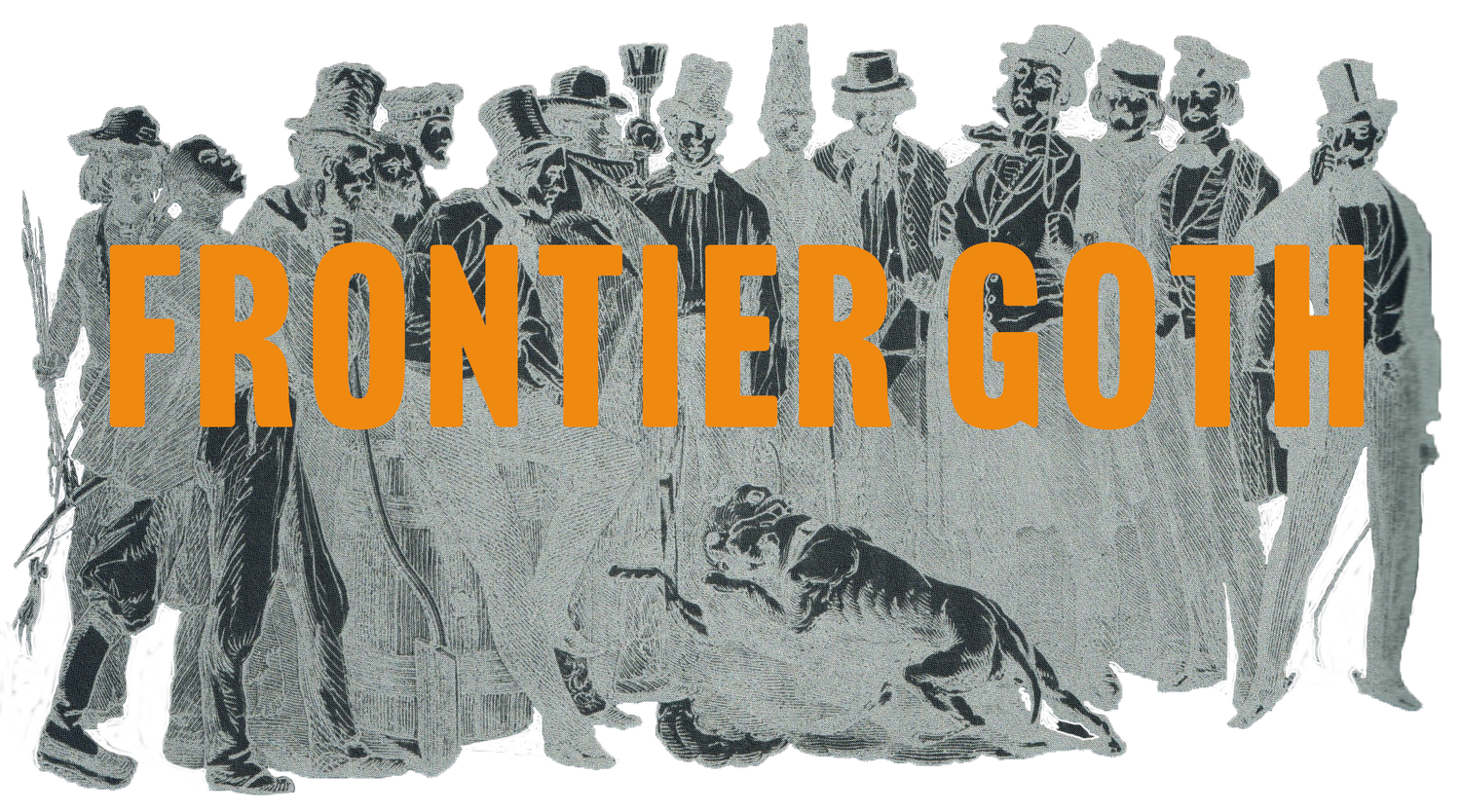The Thirty Years War by C. V. Wedgwood
“The outlook even of the educated was harsh. Underneath a veneer of courtesy, manners were primitive; drunkenness and cruelty were common in all classes, judges were more often severe than just, civil authority more often brutal than effective, and charity came limping far behind the needs of the people. Discomfort was too natural to provoke comment; winter’s cold and summer’s heat found European man lamentably unprepared, his houses too damp and draughty for the one, too airless for the other. Prince and begger were alike inured to the stink of decaying offal in the streets, of foul drainage about the houses, to the sight of carrion birds picking over public refuse dumps or rotting bodies swinging on the gibbets. On the road from Dresden to Prague a traveller counted ‘above seven score gallowses and wheels, where thieves were hanged, some fresh and some half rotten, and the carcases of murderers broken limb after limb on the wheels.’”
&
”The Peace has been described as marking an epoch in European history, and it is commonly taken to do so. it is supposed to divide the period of religious wars from that of national wars, the ideological wars from the wars of mere aggression. But the demarcation is as artificial as such arbitrary divisions commonly are. Aggression, dynastic ambition, and fanaticism are all alike present in the hazy background behind the actual reality of the war, and the last of the wars of religion merged insensibly into the pseudo-national wars of the future.”
-C. V. Wedgwood


